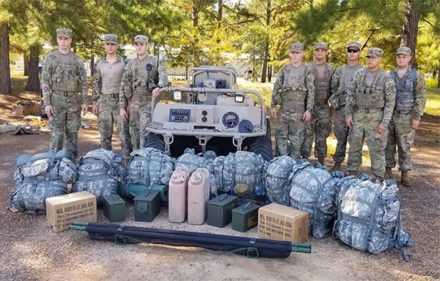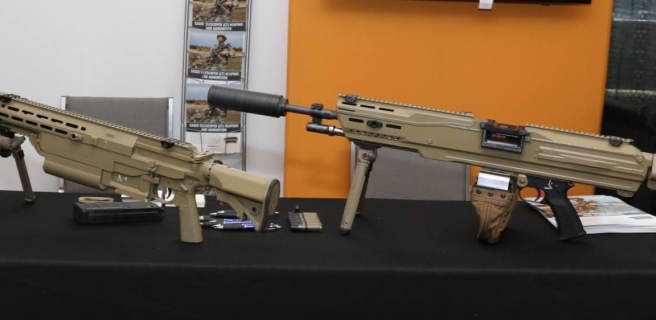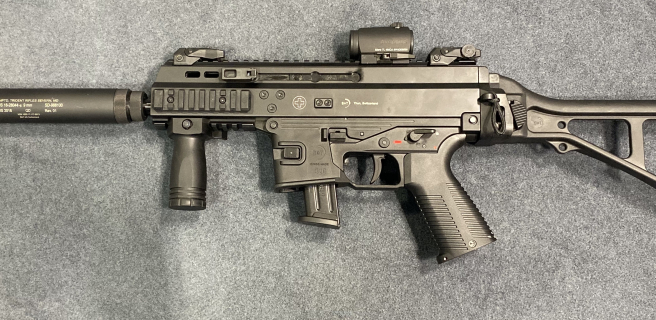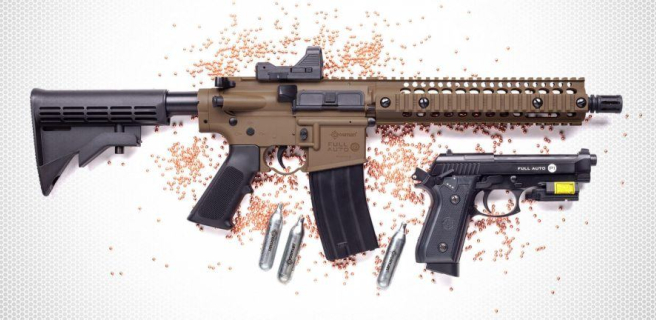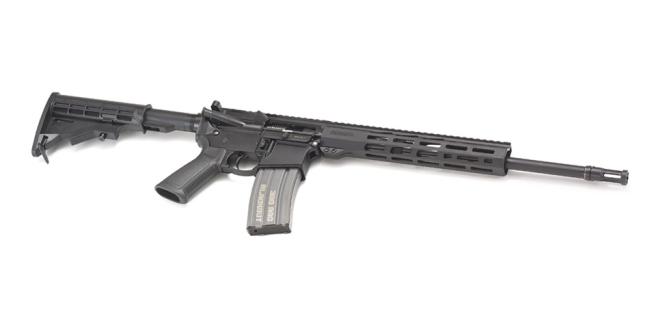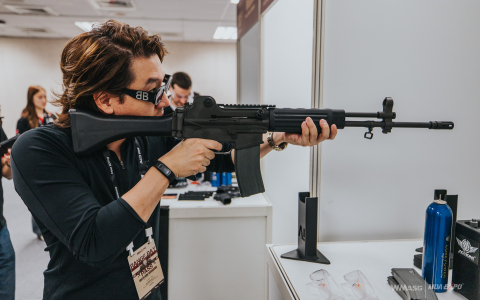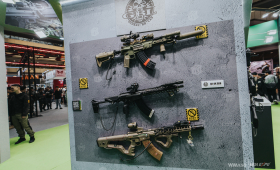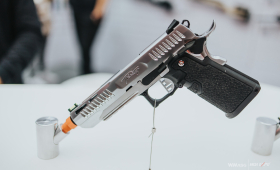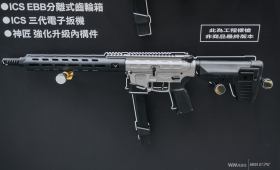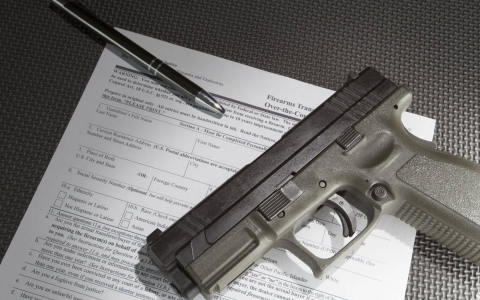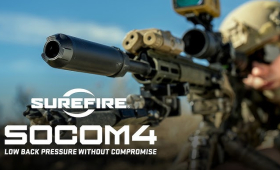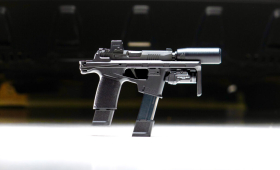The S-MET project (Small Multipurpose Equipment Transport) was tested by the 10th Mountain Division and the legendary 101st US Army Airborne Division. The six-month evaluation process involved 80 transport systems during multiple exercises conducted at Fort Polk in Louisiana.
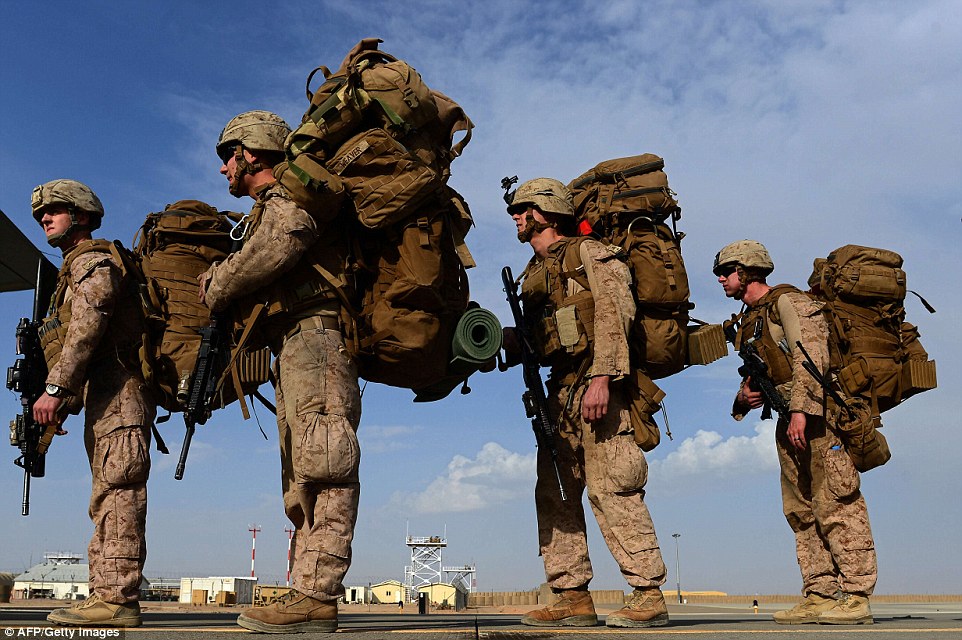
The soldiers tested if the vehicles submitted for testing were able to carry 450 kg of load, whether their range and pace allowed to travel 100 km in 3 days and whether the machines were able to provide 3 kW of electricity when stationary and 1 kW on the move to enable charging of individual equipment batteries. Target S-MET models are to be introduced in the second quarter of the following fiscal year. Ultimately, by the end of 2024, US Army will have 624 units in various configurations, including wheeled and tracked.
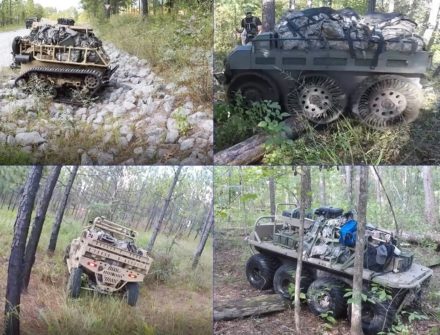
Soldiers' comments include the need to increase the payload of the machines, the reduction of sound signature as well as better adaptation to transporting the wounded. Further changes are to include the introduction of modularity of the body for better adaptability to the conditions and nature of operations.
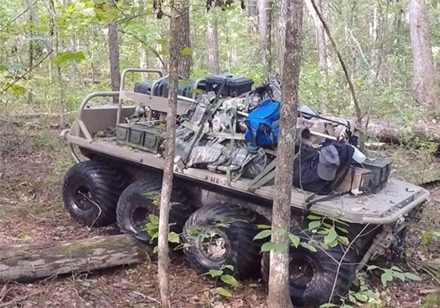
Other projects of this type in the US Army also include remotely controlled reconnaissance vehicles to be used in the areas where weapons of mass destruction were deployed. These vehicle is based on the Stryker wheeled APC and is called the Nuclear Biological Chemical Reconnaissance Vehicle (NBCRV). This type of equipment was tested in March this year in Fort Bliss, Texas by the 1st Armored Division.
The Assault Breacher Vehicle Teleoperation Kit based on the M1A1 Abrams tank chassis, tested last year by the Joint Warfighting Assessment, is also planned. The set is to enable to control of a tank, without its main cannon, but equipped with demining tools based on elongated high explosives and minesweepers designed for opening passages through minefields.

